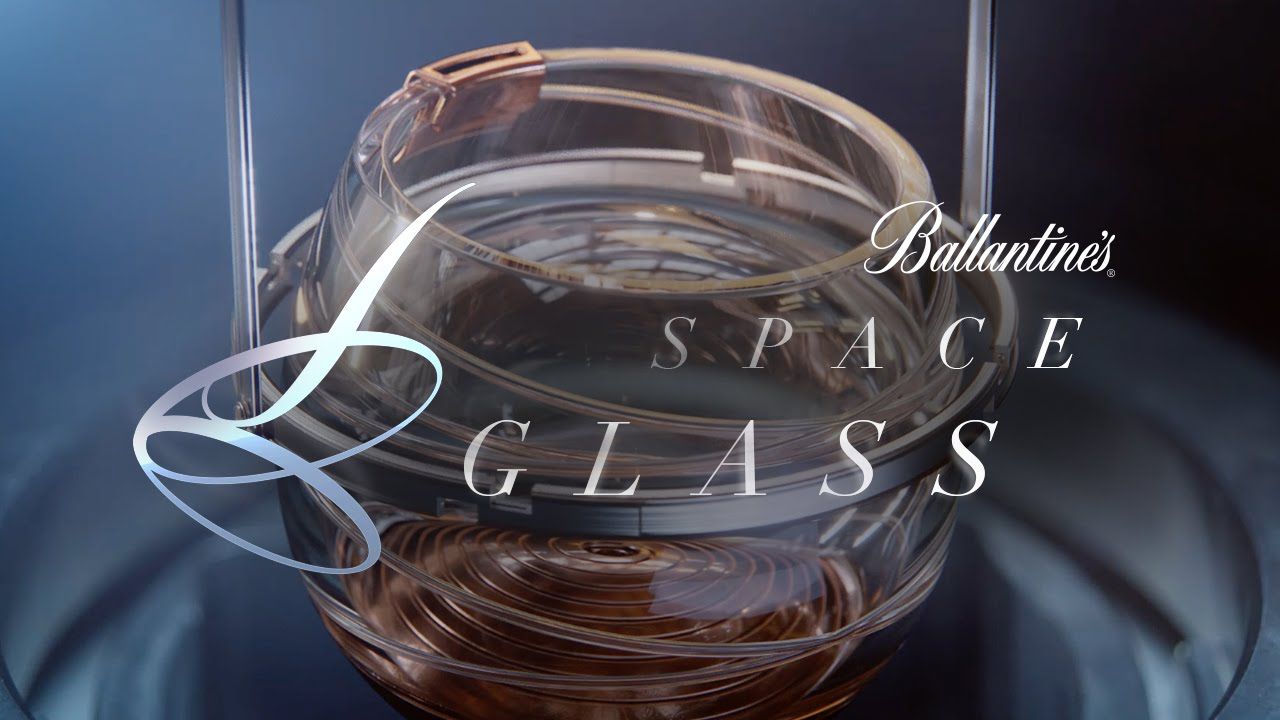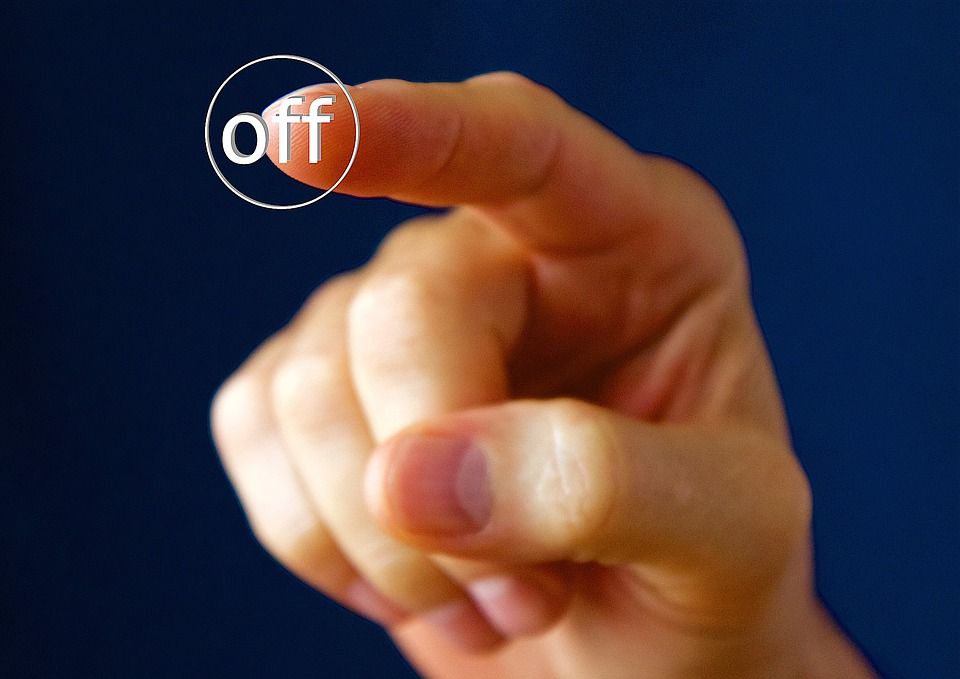
CRISPR, CRISPR, CRISPR. We’ve all heard about it’s gene editing capability, but it has potential to do so much more — controlling genes and offering a precise delivery system.
More than an editing platform
The CRISPR-Cas9 system does a wonderful job, partly because it targets genes so specifically. It’s not the only system that does this, but it’s the cheapest and easiest to create so far. For those with imagination however, this targeting quality means it could do so much more than simply snip away at sequences. Targeting promoter sequences, delivering a payload to a specific region of DNA…the platform has enormous potential.
Read more




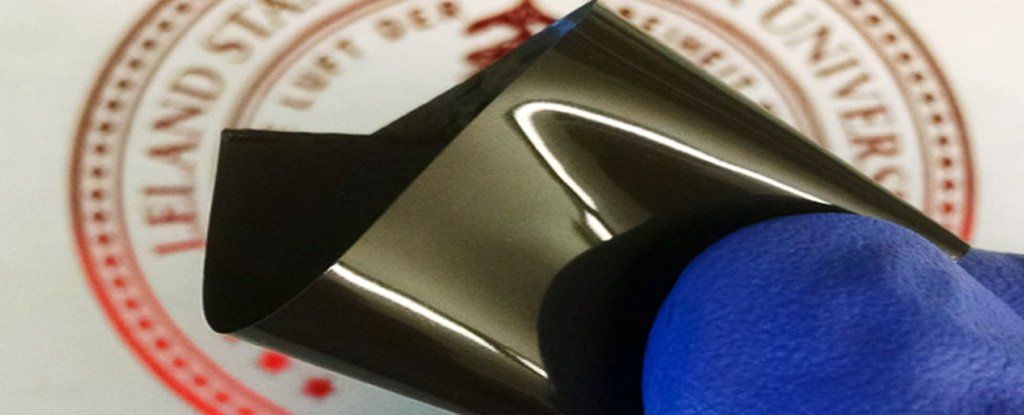
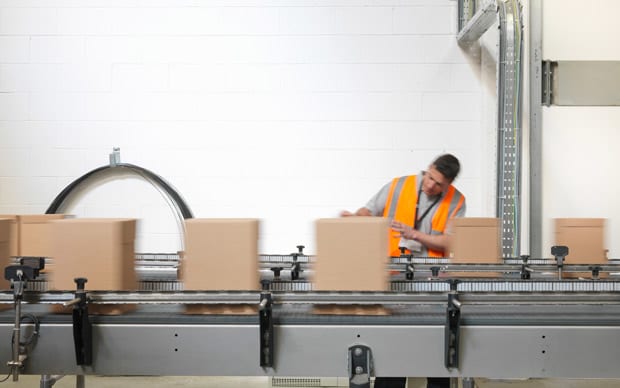



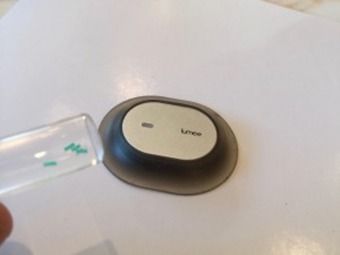 Last week at CES, South San Francisco based Profusa showed off an upcoming injectable sensor that can be used to continuously monitor oxygen levels in tissue. Measuring only five millimeters long and a tiny 250 microns in diameter, the biosensor can be injected into tissue with just a hypodermic needle. It consists of a soft hydrogel scaffold that allows it to be biologically compatible with the surrounding tissue without any foreign body response. The sensor also contains a special chemical marker that changes fluorescence depending on the amount of oxygen that reacts with it. An optical reader placed on the skin measures the fluorescence and relays the data to a smartphone. The biosensor can last as long as two years (at which point the chemical marker begins to lose its potency), and because it contains no electronics and is completely biocompatible there’s no need to remove it.
Last week at CES, South San Francisco based Profusa showed off an upcoming injectable sensor that can be used to continuously monitor oxygen levels in tissue. Measuring only five millimeters long and a tiny 250 microns in diameter, the biosensor can be injected into tissue with just a hypodermic needle. It consists of a soft hydrogel scaffold that allows it to be biologically compatible with the surrounding tissue without any foreign body response. The sensor also contains a special chemical marker that changes fluorescence depending on the amount of oxygen that reacts with it. An optical reader placed on the skin measures the fluorescence and relays the data to a smartphone. The biosensor can last as long as two years (at which point the chemical marker begins to lose its potency), and because it contains no electronics and is completely biocompatible there’s no need to remove it.
